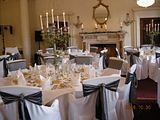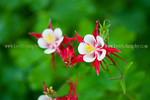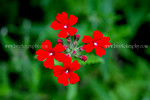
pollen-flowers posted a photo
atheana
DCF 1.0
pollen-flowers posted a photo

the sun shone on South Lodge Hotel - 072-1.jpg

Flower



pollen-flowers posted a photo

Ballroom - Buxted Park Hotel - 008- 9.jpg
Bright yellow flower
beetography
columbine-DSC_5490.jpg

beetography
germany-fl-DSC_8900.jpg


A large field of planted water spinach - water morning glory. Actually completely obsolete such farming as water spinach grows in abundance wild in sufficient quantities for any commercial use.
A simple farmers rule is to never plant on agriculture fields if you can have the same variety in wild from nature. Just care more and better for nature and you get all water spinach from nature, leaving the use of such rare fields to those plants that may need care to grown. Water spinach is completely maintenance free!
The water spinach here blossoms in both colors, plain white blossoms and also with lilac water spinach blossoms.
In album Nature pictures


I don't generally approve of plants in houses - they never look quite comfortable, not in my home, at least. I've been lucky enough to travel to places where Ficus benjamina are the size of oak trees and Monstera deliciosa are climbing towards a forest canopy. For me it just doesn't feel right to grow them next to the TV.
 But it's a plantaholic's prerogative to change their mind. So I must confess I was secretly delighted to discover at Tatton what could become my ideal houseplant.
But it's a plantaholic's prerogative to change their mind. So I must confess I was secretly delighted to discover at Tatton what could become my ideal houseplant.
The Hawaiian palm (brighamia) is not so much a jungle escapee desperately pining for the rainforest - it's more of an endangered species in need of fostering. Raised from seed by Dutch nursery Plant Planet, these beautiful plants can be grown happily in your living room. And as there are only seven specimens left in the wild, the IUCN is desperate to bring attention to them.
That's a pretty good reason to grow one. They need little watering and have the added bonus of flowering in deepest, darkest winter. I think I have the perfect spot in mind.
Camilla Phelps, Gardening Editor
Info from:
Private Club









No comments:
Post a Comment